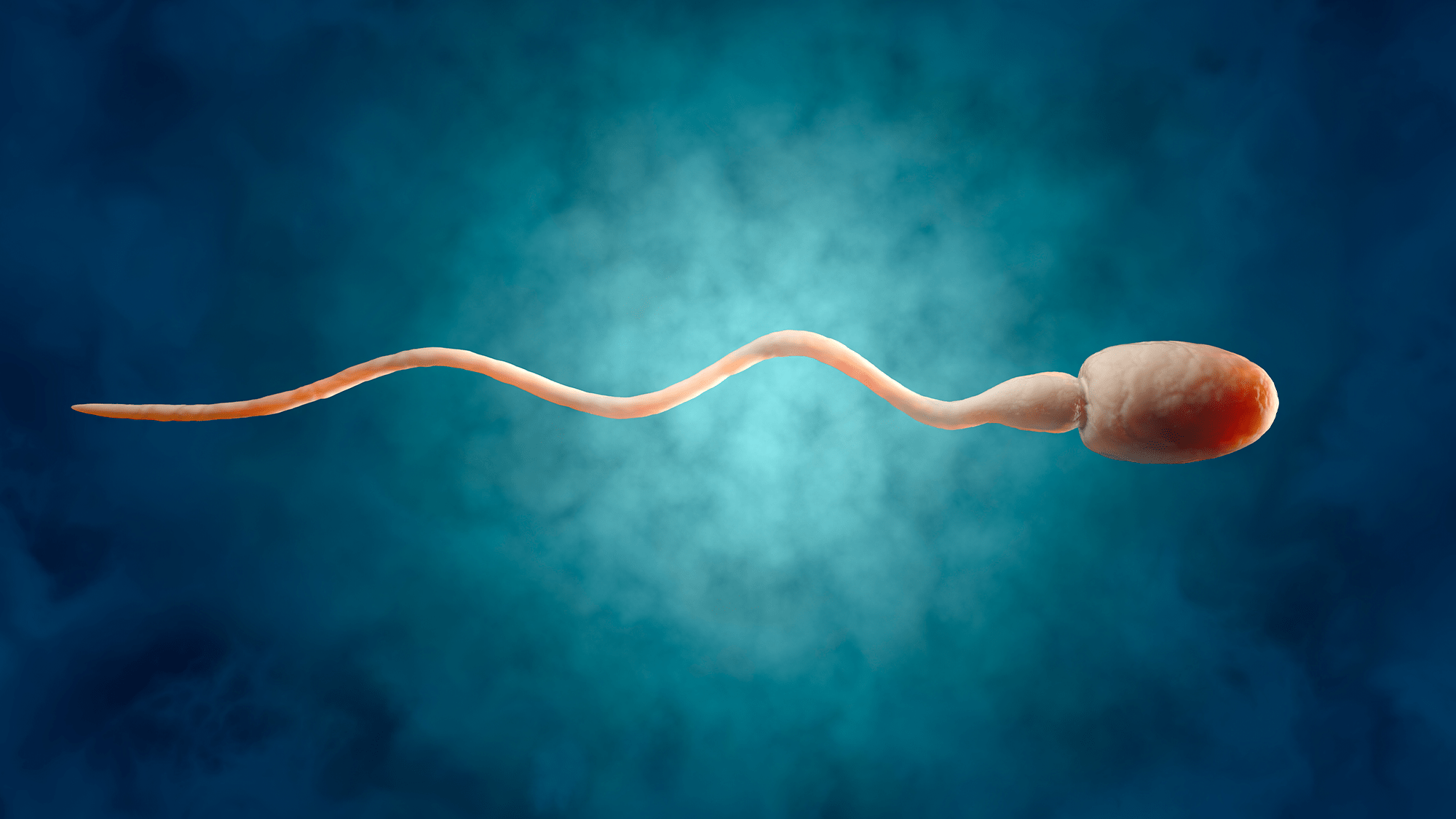Now Reading: Next-Gen Male Contraceptives Aim for Precision Through Temperature Control
-
01
Next-Gen Male Contraceptives Aim for Precision Through Temperature Control
Next-Gen Male Contraceptives Aim for Precision Through Temperature Control

Quick summary
- A recent study published in Nature Communications explored the temperature sensitivity of sperm in mammals, revealing new insights into fertility mechanisms.
- Mammalian sperm rely on a protein called CatSper,which controls hyperactive movements necessary for fertilization. This protein is activated by temperature changes rather than progesterone or pH levels, contrary to previous beliefs.
- Researchers observed that when the surrounding temperature exceeds 100.4°F (38°C), CatSper activates and switches sperm from smooth navigation to thrashing motions for egg penetration.
- Evolutionary adaptations like external testicles in humans and unique cooling systems in dolphins and elephants help maintain optimal temperatures for sperm production.
- The findings could have implications for male contraception and infertility treatments as targeting CatSper might allow precise control over sperm activity without affecting other bodily functions.
Indian Opinion Analysis
This discovery about mammalian fertility mechanisms provides crucial insights into reproductive biology that could eventually impact healthcare worldwide, including India. India faces challenges with both infertility and population control; thus, targeted male contraceptives or improved fertility therapies derived from this research could address important societal needs. Given India’s large pool of biotechnology experts and its focus on advancing medical solutions, integrating this knowledge into future studies or treatments presents opportunities for health innovation.
Moreover, as concerns around global reproductive health grow-highlighted by rising infertility rates-the submission of temperature-driven approaches may offer precise interventions adaptable across diverse demographics within india’s varied climates. Any advancements stemming from further research along these lines would need thorough public awareness to ensure equitable access across socio-economic segments.
Such breakthroughs emphasize India’s potential role in contributing to globally relevant scientific conversations while concurrently addressing local healthcare priorities effectively.

























